Bootstrap is one of the most popular open-source front-end (HTML, CSS, and JavaScript) framework that is used to create beautiful web projects and mobile-friendly websites.
Although Bootstrap is an amazing front-end framework, there are also some other bootstrap alternatives that are equally good as Bootstrap.
Some of the most widely used Bootstrap alternatives are given below –
1. Skeleton
Skeleton is the best and popular lightweight bootstrap alternative. It is developed by Dave Gamache. It only provides important components such as buttons, lists, forms, tables, links, inputs, and more to easily create attractive websites. It commonly uses a 12-column grid system.
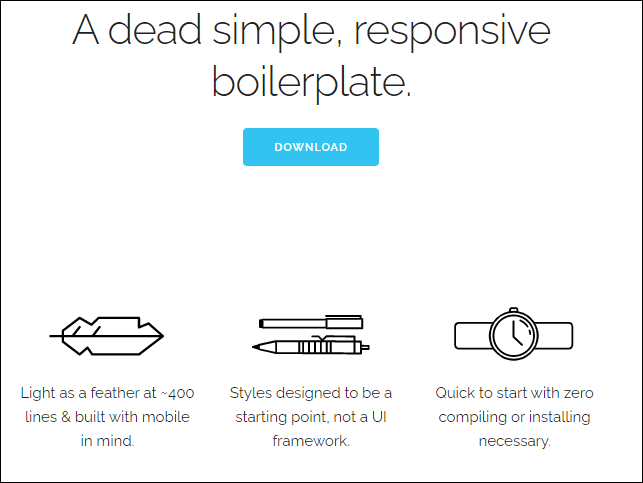
Pros:
- Skeleton helps users to easily start their development process.
- It is simplest to learn because it does not contain additional components such as jQuery plugins and other UI frameworks.
- It is the first preference for developers to create small web projects.
- It is a suitable front end framework for beginners.
Cons:
- Additional components can be developed by customizing the CSS.
- Skeleton is not suited for easy prototyping.
- Templates are limited.
Website:
Click on the given link to create a website using skeleton – http://getskeleton.com/
2. Foundation
Foundation is one of the most responsive front-end frameworks in the world. It is used to build responsive mobile as well as desktop websites. It is designed by ZURB, a development agency in Silicon Valley. It is used by the world’s biggest organizations, like Adobe, Ford, Samsung, HP, eBay, Amazon, Mozilla, and more. It contains various important responsive components like grids, buttons, and more UI components.
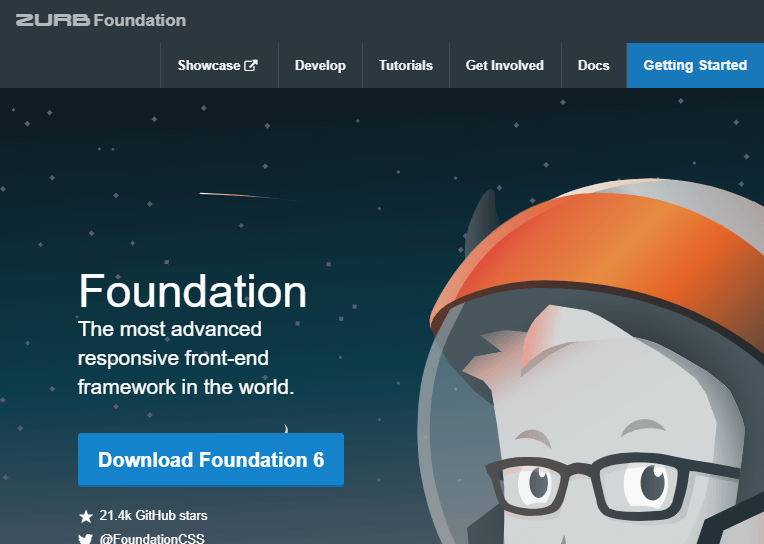
Pros:
- Foundation is a highly responsive, easy to use, flexible, and powerful front end framework.
- It allows us to easily create responsive mobile-friendly applications as well as websites.
- It includes various necessary website design components such as responsive buttons, grid, icons, layouts, and other important UI elements.
- It is used by every device, medium, and accessibility.
- It provides ready-made codes.
Cons:
- Foundation is quite difficult for beginners to learn.
- It is difficult to modify codes in the Foundation.
Website:
Click on the below link to visit the Foundation website – https://get.foundation/
3. UIKit
UIKit is a free, responsive, lightweight, open-source, simple to use, fast, powerful, and front end framework. It is one of the best Bootstrap alternatives, which includes various UI components such as Defaults, Layout, Navigations, Elements, Common, grid, and JavaScript. This framework is used for developing fast and powerful web interfaces.
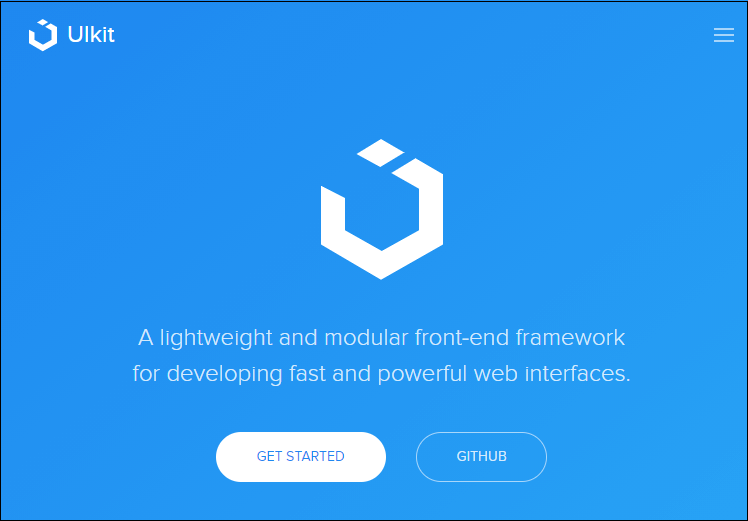
Pros:
- UIKit provides an in-built icon library.
- It supports SaSS
- This responsive framework offers various features, such as document support, animation support, text management, search support, accessibility support, drawing support, and resource management.
Cons:
- Limited utility classes as compared to Bootstrap.
Website:
Click on the below link to visit UlKit official website – https://getuikit.com/
4. Bulma
Bulma is a free, modern, open-source, and responsive framework published in 2016. It is completely based on the Flexbox layout. Currently, It used by more than 200000 developers. It contains various components that are used to create any kind of website. The current version (0.7.1) of Bulma is released on 18 April 2018.
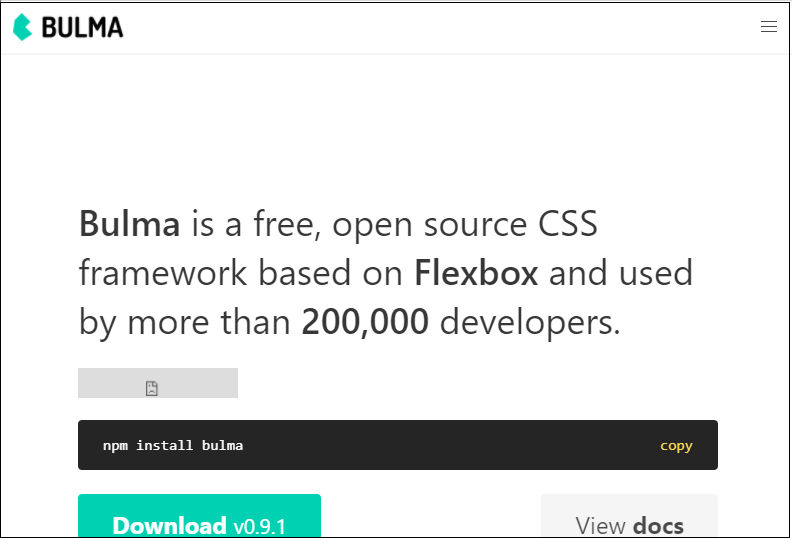
Pros:
- Bulma helps us to develop 100% responsive website design for desktop, tablets, and mobile phones.
- It comes with various common UI components like modals, cards, responsive layouts, and so on.
- Bulma codes are easy to understand because it uses minimal HTML (HyperText Markup Language) codes.
- Bulma is a component rich and well documented front end framework.
Cons:
- Bulma framework is still in the development phase.
- Since it is a new framework, so it is used by a limited community.
- Skilled developers are required to develop websites.
Website:
Click on the below link to visit the Bulma official website for creating responsive websites – https://bulma.io/
5. Pure
Pure is a responsive front-end framework that allows developers to create impressive, responsive, and beautiful layouts using grids, menus, forms, buttons, tables, and more. It is developed by Yahoo.
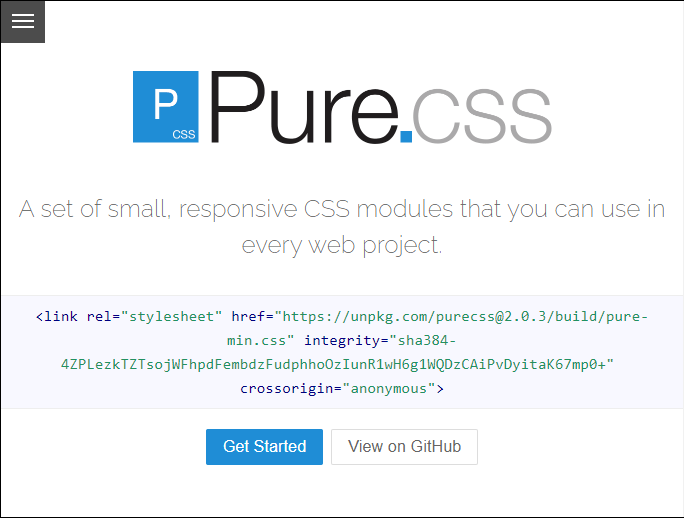
Pros:
- It allows users to develop both desktops as well as mobile web applications.
- Its file size is extremely small (approx 4.5 KB)
- It provides inconsistent Browser support.
Cons:
- It contains limited CSS selectors.
Website
Click on the below link to visit the Pure website – https://purecss.io/
6. Powertocss
Powertocss/powertoweb is a lightweight, responsive, versatile, and simple front end framework that is built on open-source technology. It allows us to use simple class names like .button, .column, and more to create attractive websites.
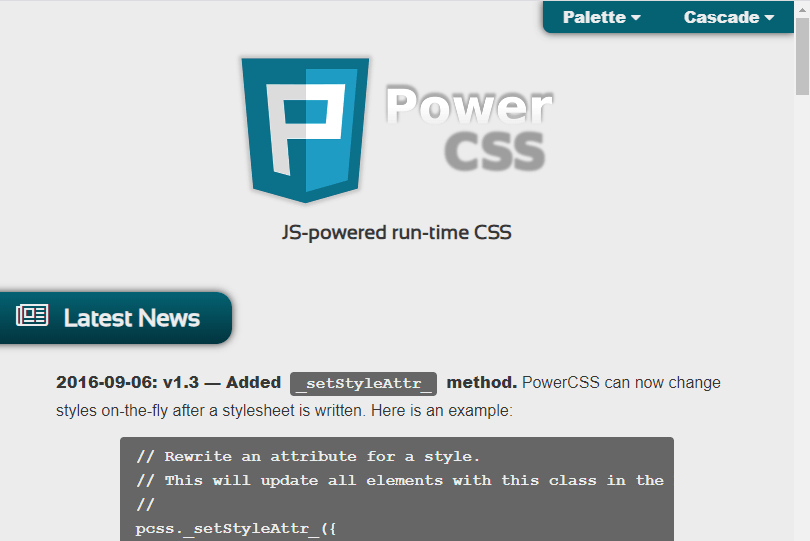
Pros:
There are the following cons of the Powertocss framework –
- Powertocss is simple and easy to learn.
- It is fast to load and fast to develop.
- It allows us to add our own themes.
Cons:
- It is necessary to combine Powertocss with some sort of UI Kit to provide full functionality.
- No longer maintained.
Website:
Click on the below link to visit the Powertocss website – https://powercss.org/
7. HTML KickStart
HTML KickStart contains HTML, CSS, and JavaScript components that allow developers to save time for building web-based websites. It allows developers to create a responsive website quickly and easily without spending more time on designing. Since it is based on the Twitter Bootstrap, so it provides the icon support from Font Awesome.
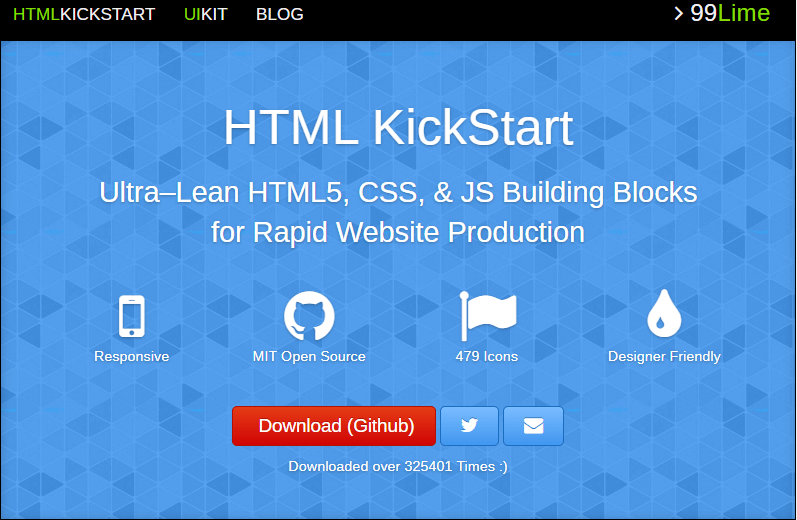
Pros:
- To create website easily, HTML KickStart provides various pre-built elements such as buttons, navigation menus, dropdown menus, Buttons, and animated sliders.
- UI elements are properly displayed on older browsers.
- It provides a designer-friendly environment.
Cons:
No longer maintained.
Website:
Click on the below link to create a responsive as well as attractive website using HTML KickStart – http://www.99lime.com/elements/
8. Kickstrap
Kickstrap is a boilerplate of Bootstrap. It is faster and lighter than Bootstrap. It is an open-source framework that is commonly used in the production environment. Currently, it is used by a large community due to its rich feature and better performance.
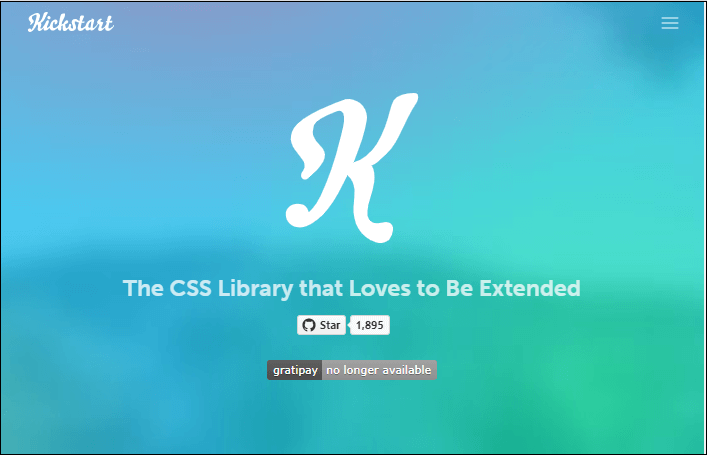
Pros:
- Kickstrap is a very lightweight framework as compared to Bootstrap and Foundation Framework.
- It does not require jQuery plugins.
- It is the best framework to minimize problems.
- It uses the latest version of Twitter’s Bootstrap.
Cons:
- Kickstart does not support older web browsers.
- No longer maintained.
Website:
Click on the below link to visit Kickstrap official website for creating responsive and attractive websites – http://getkickstart.com/
9. INK
INK is one of the popular front end website design framework. It is created by Portuguese company SAPO. It allows developers to develop websites quickly using HTML, CSS, and JavaScript.
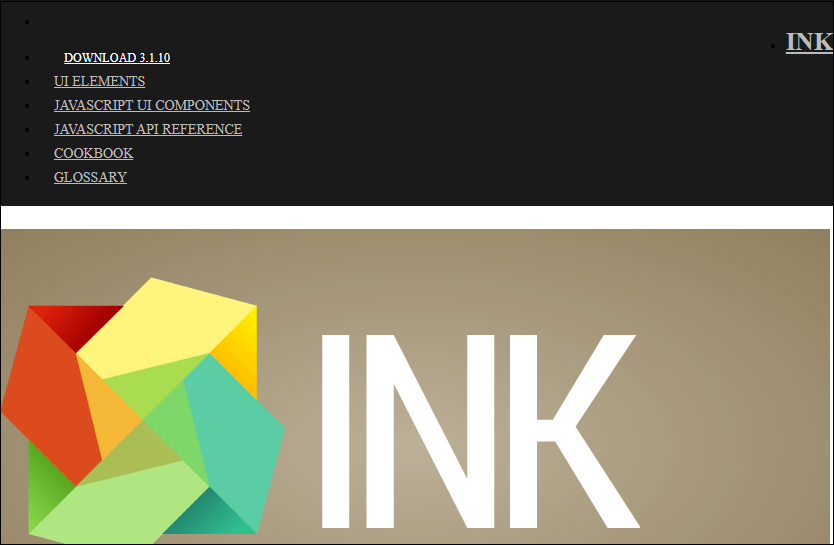
Pros:
There are the following Pros of the INK framework –
- INK allows us to create various reusable components like data picker, sortable list, tree view, table, tabs, form validator, and many more.
- It requires a little HTML and CSS knowledge to create web pages.
- It allows us to use a simple text editor like Notepad, Notepad++, Sublime, Brackets, etc to create web pages.
Website:
Click on the below link to visit the INK official website – https://ink.sapo.pt/
10. Materialize
Materialize is one of the best Bootstrap alternatives. Its UI components are similar to Bootstrap. It is based on the Material design (a design language created by Google) principal. It provides Sass mixins, drag-out mobile menu, ripple effect animations, and more. It offers mobile as well as a desktop- friendly web interface for end-users.
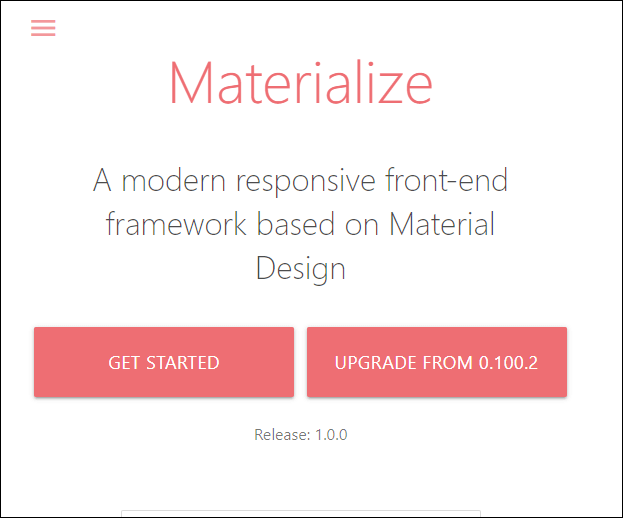
Pros:
- Materialize provides various specific plugins on mobile devices.
- It provides a better user experience.
- It offers a wide range of modern components.
- It has a 12-column grid system that contains various JavaScript and CSS components.
- Sass version is available.
Cons:
- More than 700+ open issues on Github.
- It supports less templates.
- It is supported by the latest browsers.
Leave a Reply